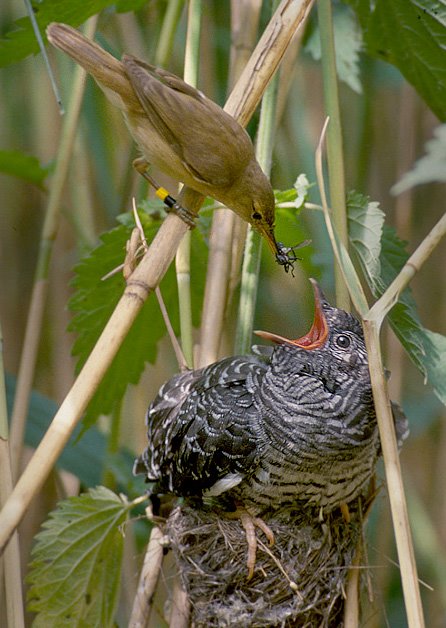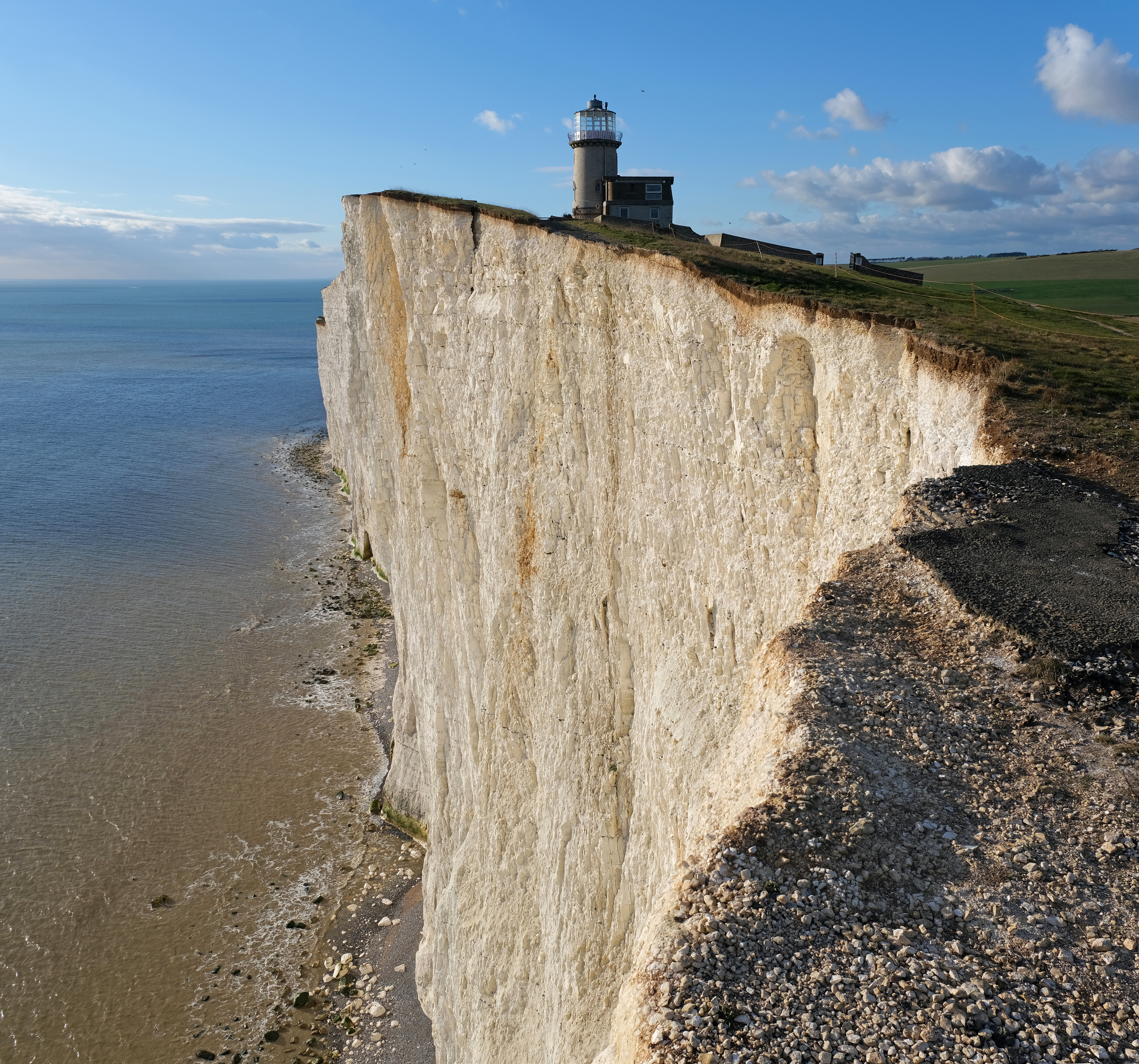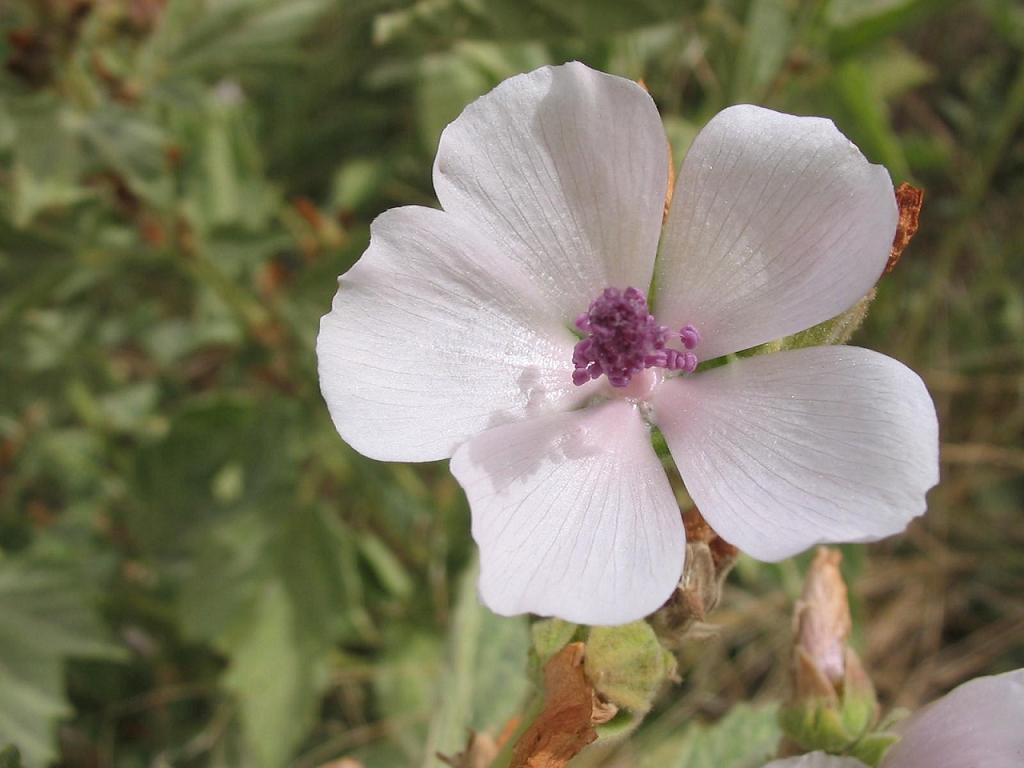|
Titchfield Haven National Nature Reserve
Titchfield Haven is a biological Site of Special Scientific Interest north-west of Gosport in Hampshire. Most of it is a local nature reserve and a national nature reserve. It is part of Solent and Southampton Water Ramsar site and Special Protection Area. History Until late in the 16th century, the River Meon was navigable as far as Titchfield, which at that time was a significant port. However silting started to restrict the passage of ships, and in order to maintain Titchfield's status as a port, the Earl of Southampton proposed that a canal should be constructed. The Titchfield Canal opened in 1611 and was only the second canal existing in Britain at the time. Unfortunately the canal also suffered from silting and the sea trade moved to nearby Southampton and Portsmouth. As part of the construction of the canal, the outfall of the River Meon to the sea was dammed, creating the wetlands that now form the nature reserve.Hampshire County Council (2006). Activities at Titch ... [...More Info...] [...Related Items...] OR: [Wikipedia] [Google] [Baidu] |
Hampshire
Hampshire (, ; abbreviated to Hants.) is a Ceremonial counties of England, ceremonial county in South East England. It is bordered by Berkshire to the north, Surrey and West Sussex to the east, the Isle of Wight across the Solent to the south, Dorset to the west, and Wiltshire to the north-west. Southampton is the largest settlement, while Winchester is the county town. Other significant settlements within the county include Portsmouth, Basingstoke, Andover, Hampshire, Andover, Gosport, Fareham and Aldershot. The county has an area of and a population of 1,844,245, making it the Counties in England by population, 5th-most populous in England. The South Hampshire built-up area in the south-east of the county has a population of 855,569 and contains the cities of Southampton (269,781) and Portsmouth (208,100). In the north-east, the Farnborough, Hampshire, Farnborough/Aldershot Farnborough/Aldershot built-up area, conurbation extends into Berkshire and Surrey and has a populati ... [...More Info...] [...Related Items...] OR: [Wikipedia] [Google] [Baidu] |
Reed Warbler
The ''Acrocephalus'' warblers are small, insectivorous passerine birds belonging to the genus ''Acrocephalus''. Formerly in the paraphyletic Old World warbler assemblage, they are now separated as the namesake of the marsh and tree warbler family Acrocephalidae. They are sometimes called marsh warblers or reed warblers, but this invites confusion with marsh warbler and reed warbler. These are rather drab brownish warblers usually associated with marshes or other wetlands. Some are streaked, others plain. Many species breeding in temperate regions are migratory. This genus has heavily diversified into many species throughout islands across the tropical Pacific. This in turn has led to many of the resulting insular endemic species to become endangered. Several of these species (including all but one of the species endemic to the Marianas and two endemic to French Polynesia) have already gone extinct. The most enigmatic species of the genus, the large-billed reed warbler (''A ... [...More Info...] [...Related Items...] OR: [Wikipedia] [Google] [Baidu] |
Hampshire And Isle Of Wight Wildlife Trust
Hampshire and Isle of Wight Wildlife Trust is a The Wildlife Trusts partnership, Wildlife Trust with 27,000 members across the counties of Hampshire and the Isle of Wight, England. The trust describes itself as the leading local wildlife conservation charity in Hampshire and the Island with the stated aim of improving conditions for wildlife on land and at sea. The organisation also runs community engagement events helping local people find out about their local wild places. Nature reserves The trust currently manages 46 wildlife reserves, including woodland, meadow, heathland, and coastal habitats. The Trust also runs four education centres at its Blashford Lakes, Testwood Lakes, Swanwick Lakes and Bouldnor Forest reserves, where education activities for young people and adults take place. Work with other organisations The trust's projects include: advice to landowners on how to manage their land with wildlife in mind, including commoners in the New Forest; species reintroduc ... [...More Info...] [...Related Items...] OR: [Wikipedia] [Google] [Baidu] |
South Downs National Park
The South Downs National Park is England's newest national parks of England and Wales, national park, designated on 31 March 2010. The park, covering an area of in southern England, stretches for from Winchester in the west to Eastbourne in the east, through the counties of Hampshire, West Sussex and East Sussex. The national park covers the chalk hills of the South Downs (which on the English Channel coast form the white cliffs of the Seven Sisters, East Sussex, Seven Sisters and Beachy Head) and a substantial part of a separate physiographic region, the western Weald, with its heavily wooded sandstone and clay hills and vales. The South Downs Way spans the entire length of the park and is the only National Trail that lies wholly within a national park. History The idea of a South Downs National Park originated in the 1920s, when public concern was mounting about increasing threats to the beauty of the downland environment, particularly the impact of indiscriminate speculativ ... [...More Info...] [...Related Items...] OR: [Wikipedia] [Google] [Baidu] |
European Water Vole
The European water vole (''Arvicola amphibius'') or northern water vole is a semi-aquatic rodent. It is often informally called the water rat, though it only superficially resembles a true rat. Water voles have rounder noses than rats, deep brown fur, chubby faces and short fuzzy ears; unlike rats their tails, paws and ears are covered with hair. In the wild, on average, water voles only live about five months. Maximum longevity in captivity is two and a half years. Appearance Water voles reach in length, plus a tail which is about half the length of the body. Weights reported for adults are variable. It is possible for large, optimal adults to weigh as much as However, these are peak weights. Elsewhere, the mean body mass has been reported as , although this figure includes immature water voles. The minimum weight to successfully breed as well as to survive winter is reportedly in females and in males.Yavuz, Güliz, Ercüment Çolak, and Teoman Kankılıç. ''Investiga ... [...More Info...] [...Related Items...] OR: [Wikipedia] [Google] [Baidu] |
Warbler
Various Passeriformes (perching birds) are commonly referred to as warblers. They are not necessarily closely related to one another, but share some characteristics, such as being fairly small, vocal, and insectivorous. Sylvioid warblers These are somewhat more closely related to each other than to other warblers. They belong to a superfamily also containing Old World babblers, bulbuls, etc. * "Old World warblers", formerly all in the family Sylviidae: ** Leaf warblers, now in the family Phylloscopidae ** Bush warblers, now in the family Cettiidae ** Grass warblers and megalurid warblers, now in the family Locustellidae ** Marsh and tree warblers, now in the family Acrocephalidae ** Sylviid warblers or typical warblers, remaining in the family Sylviidae ** Cisticolid warblers, now in the family Cisticolidae ** Malagasy warblers, now in the family Bernieridae Passeroid warblers The two families of American warblers are part of another superfamily, which unite ... [...More Info...] [...Related Items...] OR: [Wikipedia] [Google] [Baidu] |
Mallard
The mallard () or wild duck (''Anas platyrhynchos'') is a dabbling duck that breeds throughout the temperate and subtropical Americas, Eurasia, and North Africa. It has been introduced to New Zealand, Australia, Peru, Brazil, Uruguay, Argentina, Chile, Colombia, the Falkland Islands, and South Africa. Belonging to the subfamily Anatinae of the waterfowl family Anatidae, mallards live in wetlands, eat water plants and small animals, and are social animals preferring to congregate in groups or flocks of varying sizes. Males (drakes) have green heads, while the females (hens) have mainly brown-speckled plumage. Both sexes have an area of white-bordered black or iridescent purple or blue feathers called a speculum on their wings; males especially tend to have blue speculum feathers. The mallard is long, of which the body makes up around two-thirds the length. The wingspan is and the bill is long. It is often slightly heavier than most other dabbling ducks, weighing . T ... [...More Info...] [...Related Items...] OR: [Wikipedia] [Google] [Baidu] |
Moorhen
Moorhens—sometimes called marsh hens—are medium-sized water birds that are members of the rail family (Rallidae). Most species are placed in the genus ''Gallinula'', Latin for "little hen." They are close relatives of coots. They are often referred to as (black) gallinules. Recently, one of the species of ''Gallinula'' was found to have enough differences to form a new genus '' Paragallinula'' with the only species being the lesser moorhen (''Paragallinula angulata''). Two species from the Australian region, sometimes separated in , are called "native hens" (also native-hen or nativehen). The native hens differ visually by shorter, thicker and stubbier toes and bills, and longer tails that lack the white signal pattern of typical moorhens.Boles (2005) Description These rails are mostly brown and black with some white markings in plumage color. Unlike many of the rails, they are usually easy to see because they feed in open water margins rather than hidden in reed ... [...More Info...] [...Related Items...] OR: [Wikipedia] [Google] [Baidu] |
Damselfly
Damselflies are flying insects of the suborder Zygoptera in the order Odonata. They are similar to dragonflies (which constitute the other odonatan suborder, Epiprocta) but are usually smaller and have slimmer bodies. Most species fold the wings along the body when at rest, unlike dragonflies which hold the wings flat and away from the body. Damselflies have existed since the Late Jurassic, and are found on every continent except Antarctica. All damselflies are predatory insects: both nymphs and adults actively hunt and eat other insects. The nymphs are aquatic, with different species living in a variety of freshwater habitats including acidic bogs, ponds, lakes and rivers. The nymphs moult repeatedly, at the last moult climbing out of the water to undergo metamorphosis. The skin splits down the back, they emerge and inflate their wings and abdomen to gain their adult form. Their presence on a body of water indicates that it is relatively unpolluted, but their dependence on fr ... [...More Info...] [...Related Items...] OR: [Wikipedia] [Google] [Baidu] |
Dragonfly
A dragonfly is a flying insect belonging to the infraorder Anisoptera below the order Odonata. About 3,000 extant species of dragonflies are known. Most are tropical, with fewer species in temperate regions. Loss of wetland habitat threatens dragonfly populations around the world. Adult dragonflies are characterised by a pair of large, multifaceted, compound eyes, two pairs of strong, transparent wings, sometimes with coloured patches, and an elongated body. Many dragonflies have brilliant iridescent or metallic colours produced by structural coloration, making them conspicuous in flight. An adult dragonfly's compound eyes have nearly 24,000 ommatidia each. Dragonflies can be mistaken for the closely related damselflies, which make up the other odonatan infraorder ( Zygoptera) and are similar in body plan, though usually lighter in build; however, the wings of most dragonflies are held flat and away from the body, while damselflies hold their wings folded at rest, al ... [...More Info...] [...Related Items...] OR: [Wikipedia] [Google] [Baidu] |
Avocet
The four species of avocets are a genus, ''Recurvirostra'', of waders in the same avian family as the stilts. The genus name comes from Latin , 'curved backwards' and , 'bill'. The common name is thought to derive from the Italian ( Ferrarese) word . Francis Willughby in 1678 noted it as the "Avosetta of the Italians". Biology Avocets have long legs and long, thin, upcurved bills which they sweep from side to side when feeding in the brackish or saline wetlands they prefer. Their plumage is pied, sometimes also with some red. Members of this genus have webbed feet and readily swim. Their diet consists of aquatic insects and other small creatures. Avocets nest on the ground in loose colonies. In estuarine settings, they may feed on exposed bay muds or mudflats. The nest is simply a lining of grass in a hollow in the ground. They lay three or four eggs of a dark greenish or brownish buff color, boldly marked with brown and black. The pied avocet is the emblem of the Royal Soci ... [...More Info...] [...Related Items...] OR: [Wikipedia] [Google] [Baidu] |
Althaea Officinalis
''Althaea officinalis'', the marsh mallow or marshmallow, is a species of flowering plant indigenous to Europe, Western Asia and North Africa, which is used in herbalism and as an ornamental plant. Description This herbaceous perennial plant, perennial grows to tall and puts out only a few lateral branches. The whole plant is softly stellate-hairy, especially the leaves, which are broadly triangular to oval, often with 3-5 shallow lobes, irregularly toothed, with cordate to cuneate bases. Leaf size varies considerably, up to long, and wide. The leaves are arranged alternately along the stem, with no stipules, on petioles up to . The inflorescences occur in the leaf axils and at the top of the stem and consist of panicles of 1-many flowers. The flowers are actinomorphic with 5 lilac/pink petals up to 2 cm long and 5 green sepals which are much shorter than the petals, and fused at the base. Below the petals is a cup-shaped epicalyx with 6-9 narrow, triangular lobes, half the ... [...More Info...] [...Related Items...] OR: [Wikipedia] [Google] [Baidu] |






